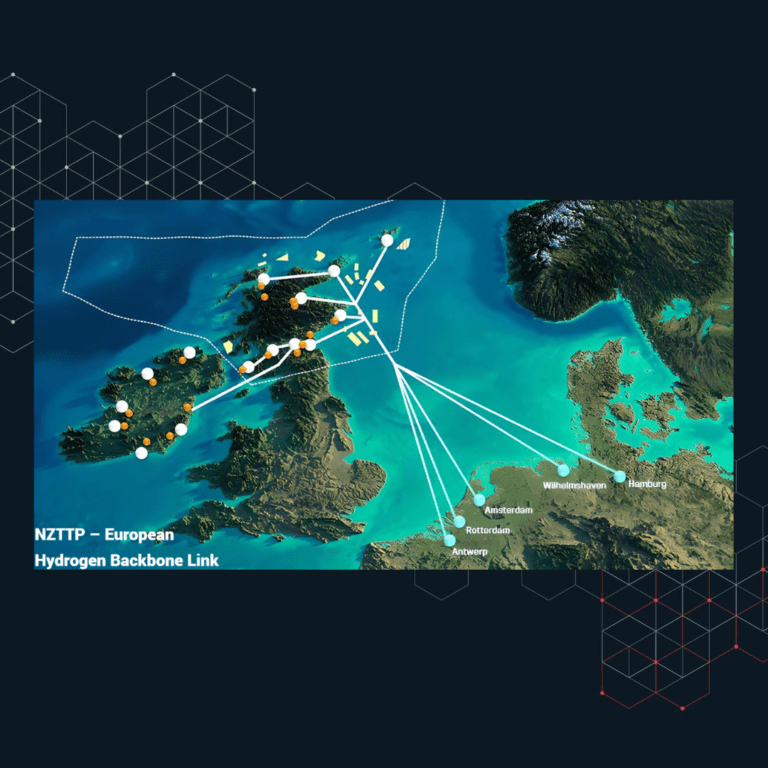AMPP 21532 Guide – The CO₂ Specification and Operating Envelope
In this technical article, we will explore the initial step of the methodology refereed in the AMPP Guide 21532-2023, Guideline for Materials Selection and Corrosion Control for CO₂ Transport and Injection: establishing a design basis for CCS projects. While this step follows a familiar pattern in energy projects, it gains heightened significance in the context of CCS due to three key aspects that significantly impact system integrity. Join us as we delve into these critical considerations, offering valuable insights into CCS project design.
The CO₂ specification
The CO2 specification is perhaps the most important aspect of the entire project and this is reflected in AMPP 21532. Impurities enter the CO2 stream with the captured CO2 from the emitters attached to the project, and as such the impurities expected in each CO2 project will differ depending on the make-up of these emitters. This variance project to project ensures that there can be no “one size fits all” approach to the creation of impurity limits for the project.
The impact of the impurities can be determined when looking at the conditions of the CO2 stream. The CO2 composition can be used to determine the phase diagram of the stream, this diagram will outline any multi-phase zones represented as phase envelopes on the diagram. Complex CCS projects which handle several impurities will have very complex phase diagrams containing multiple liquid phases, some of which may be corrosive. It is recommended that a phase behaviour and thermodynamic modelling expert be consulted when attempting to understand the phase diagram produced by a detailed CO2 specification.
General advice within AMPP 21532 covers several expected impurities, as well as advice on the acid-forming impurities which are expected to impose the greatest risk to integrity within the pipeline. The interactions between certain impurities, to create liquid phases, acids, solids, or their effect on the phase envelope of the fluid will require expertise to manage effectively. With the assistance of a corrosion expert, a tailored impurity specification will ensure the project finds the balance between reducing risk, maintaining accessibility, and prioritising affordability.
Understanding the Operating Envelope and Identifying Potential Upsets: A Review of Transient Conditions
In AMPP 21532, the operating envelope is a term which refers to the operating conditions undergone during normal operation. These conditions can be used to help determine the risk of a project. Initial back pressure of the well, ambient temperatures along the pipeline, and conditions within compressors and other process equipment are all necessary to put together the envelope encompassing all modes of operation.
Understanding the normal operation of the pipeline leads easily into the next aspect of defining the design basis of a CCS project. The transient operation of the pipeline is where any potential corrosion events are likely to take place. Events such as sudden decompression due to venting or sudden temperature changes can lead to liquid formation in pipelines which needs to be considered when determining risk. An understanding of upset conditions is also necessary, what are the potential events that could lead to increased risk, what outcomes are expected from out of specification gas from a single emitter, the failure of a dehydrator, or damage to the pipeline.
Unlock the potential of your CCS project with OGC Energy, the industry’s leading specialist in CCS. Let us be your trusted partner in implementing the invaluable services outlined in AMPP Guide 21532-2023. Choose OGC Energy, the industry authority, and drive progress in corrosion management and material selection in CCS systems.
Contact us at office@ogcenergy.com to learn more – Ask your questions to Mark McLeod and the OGC Energy team.



